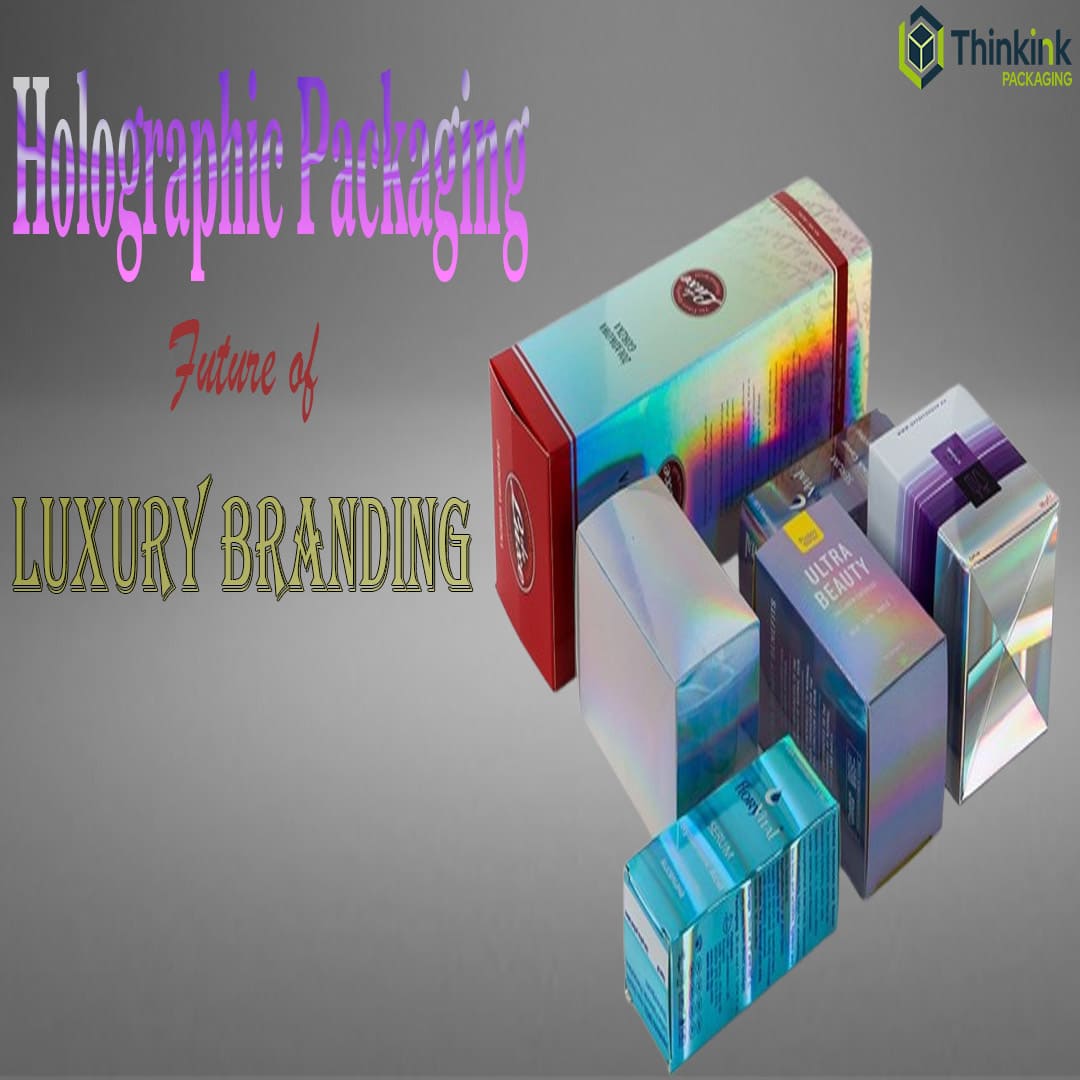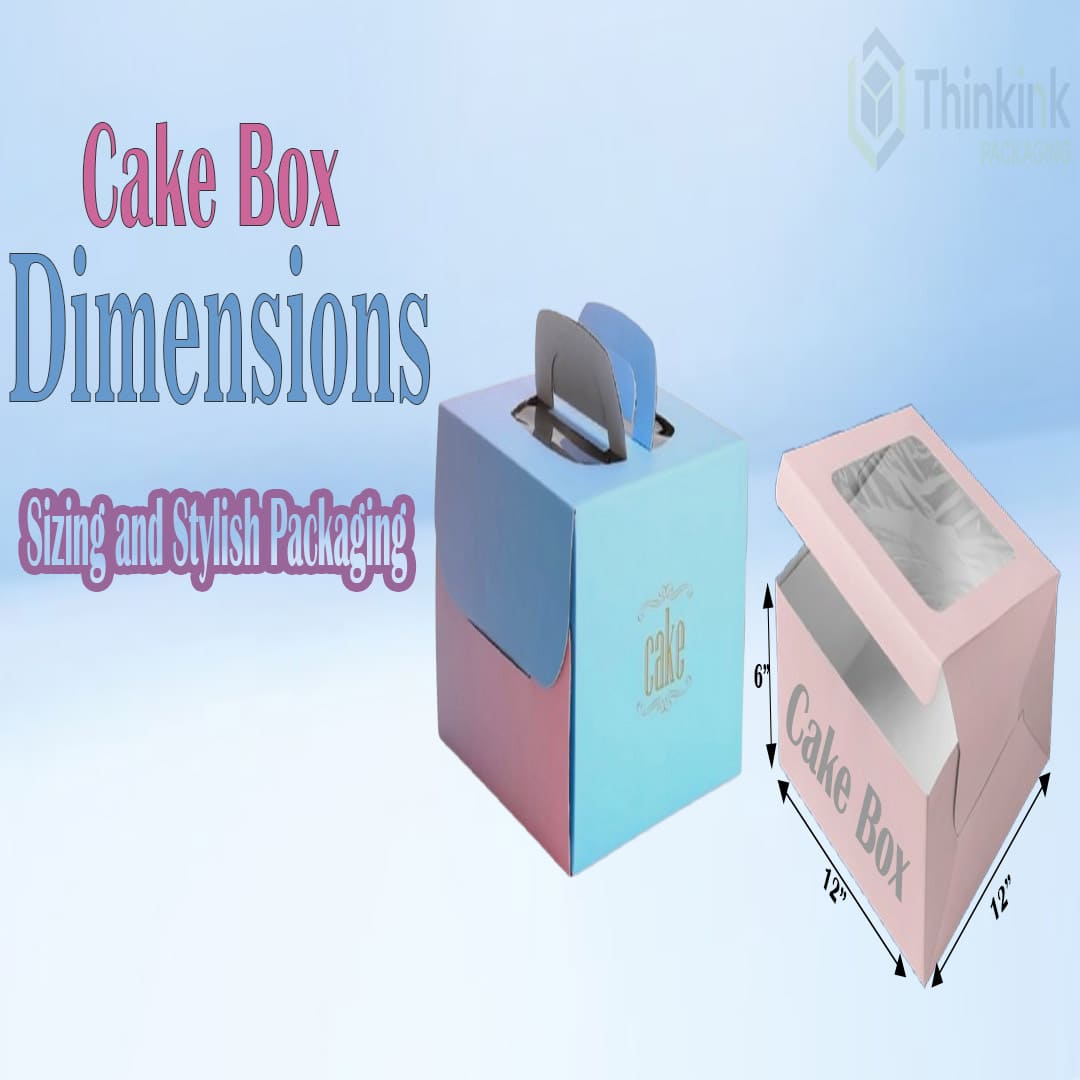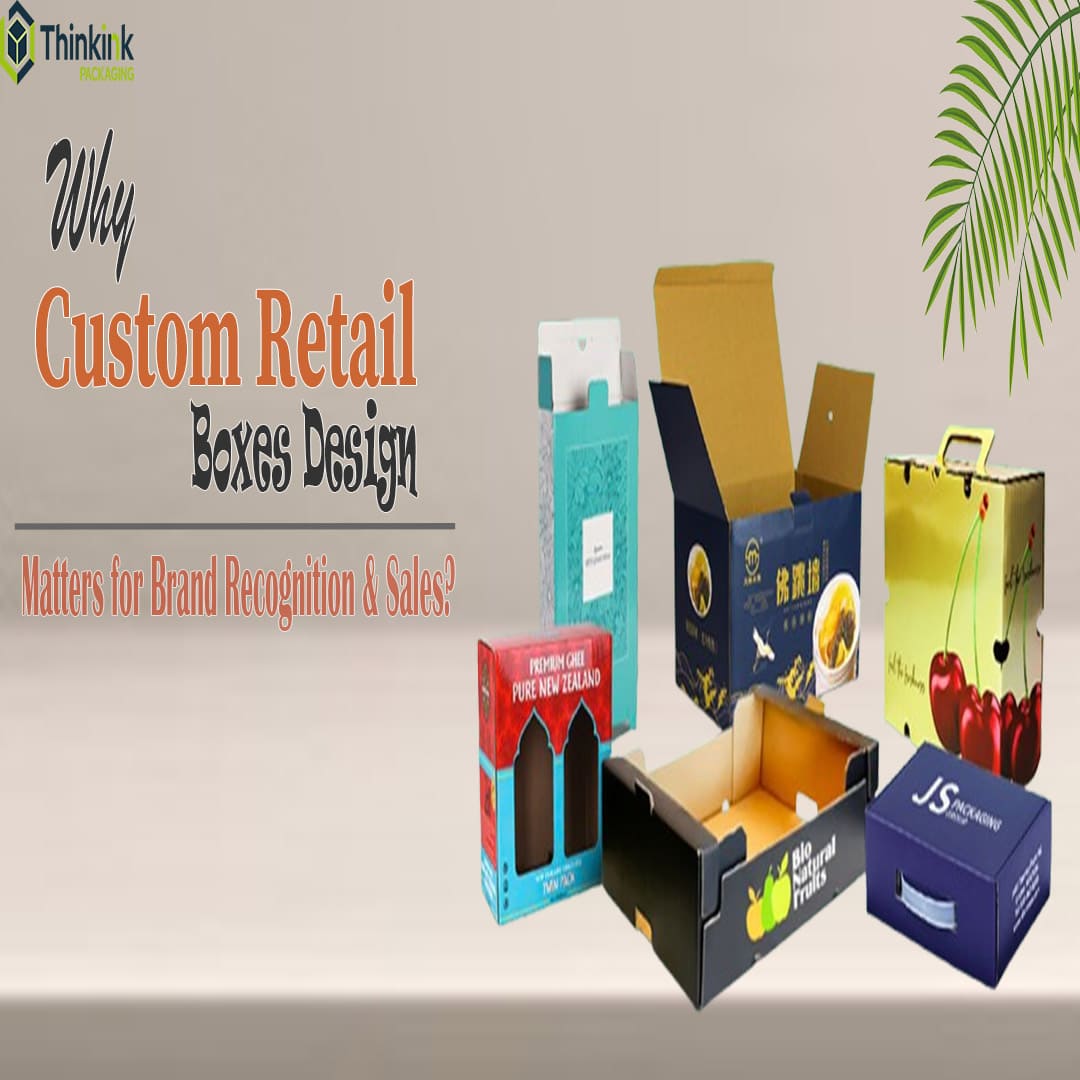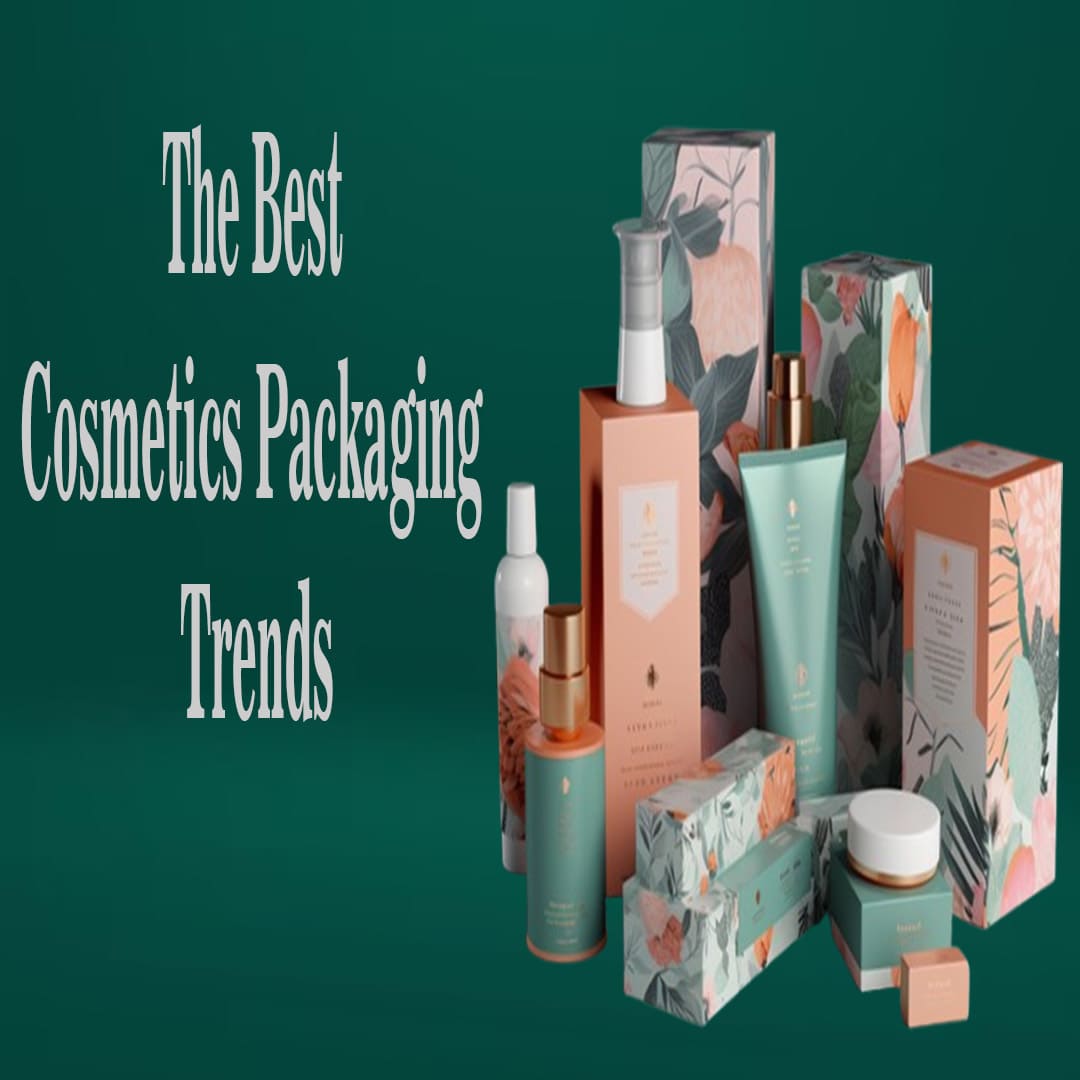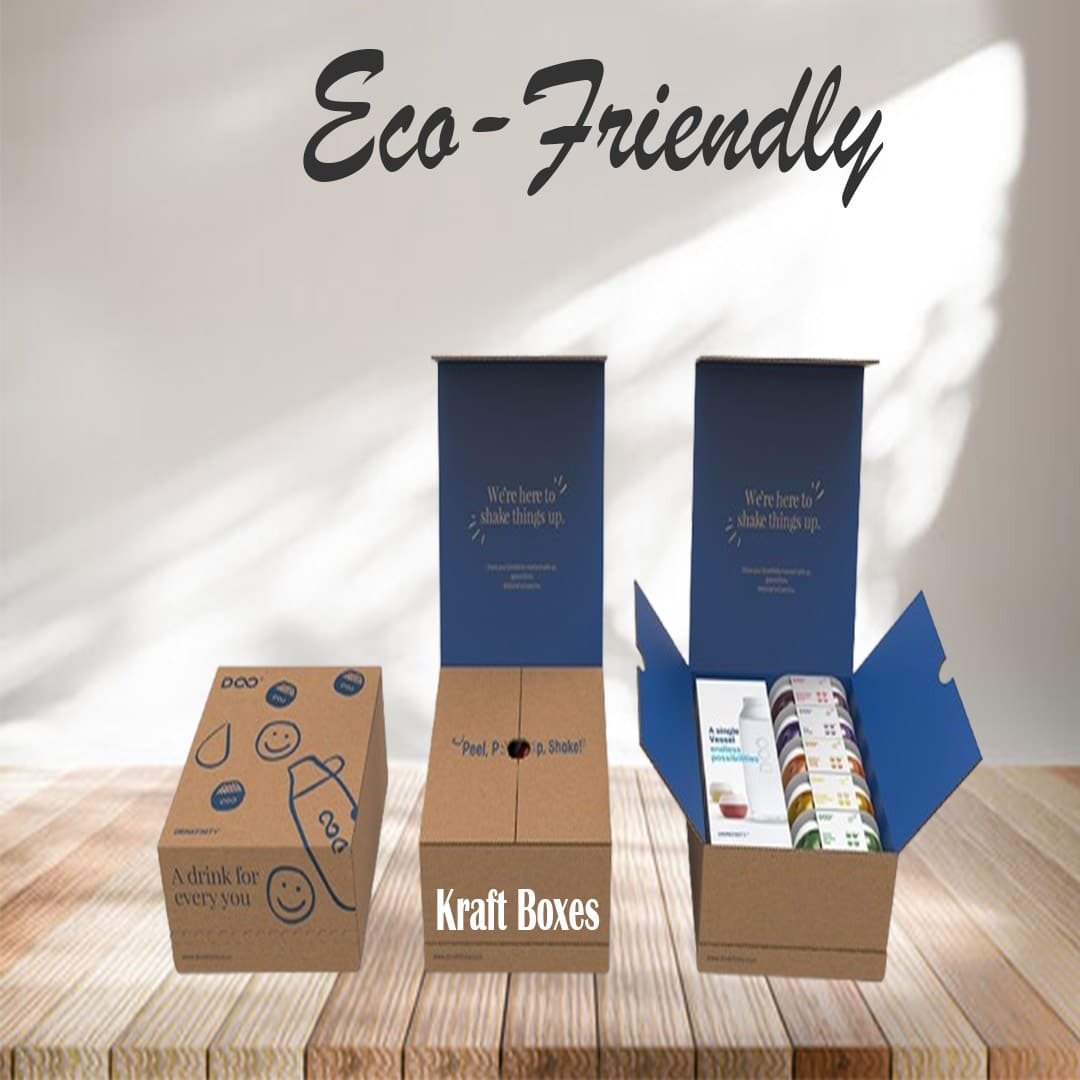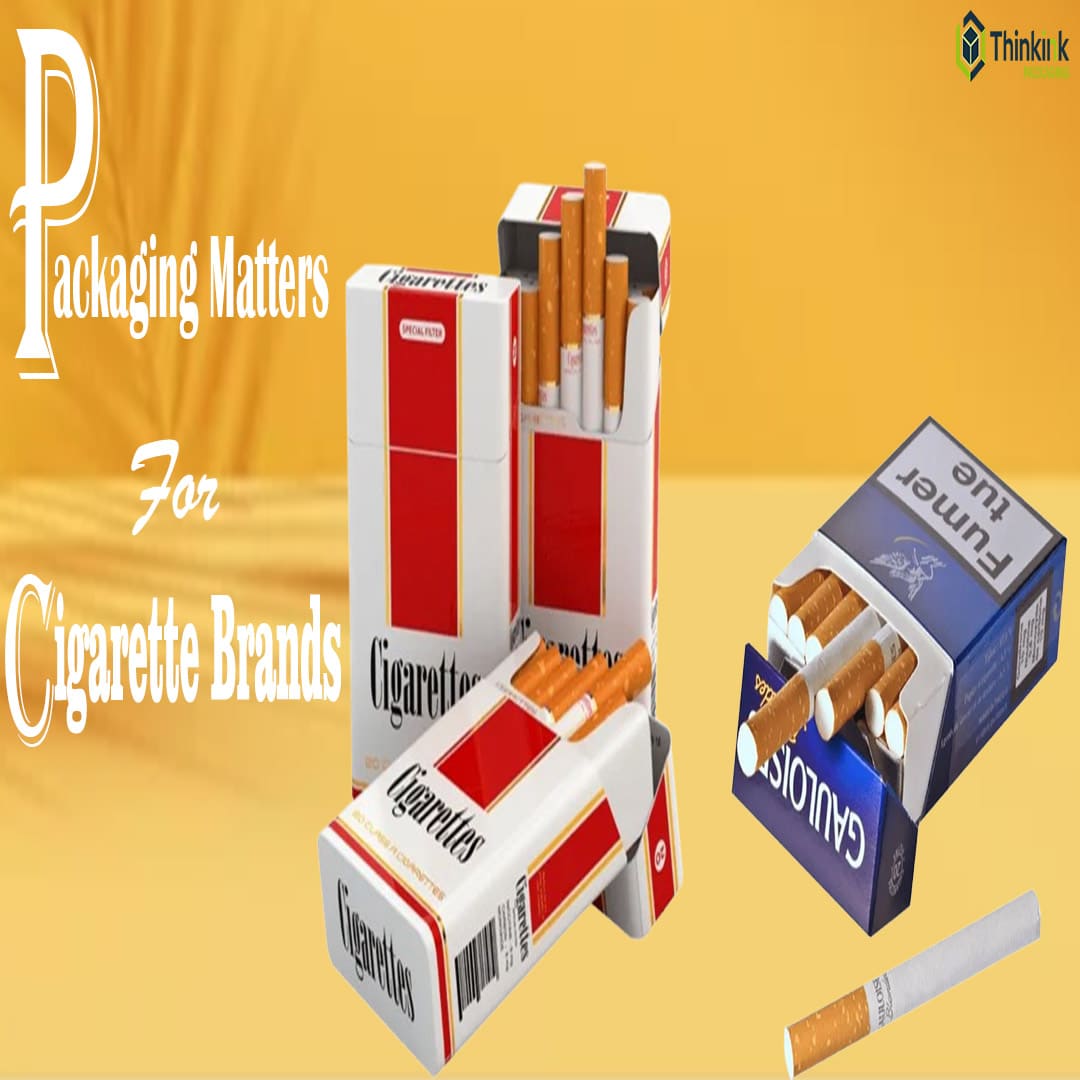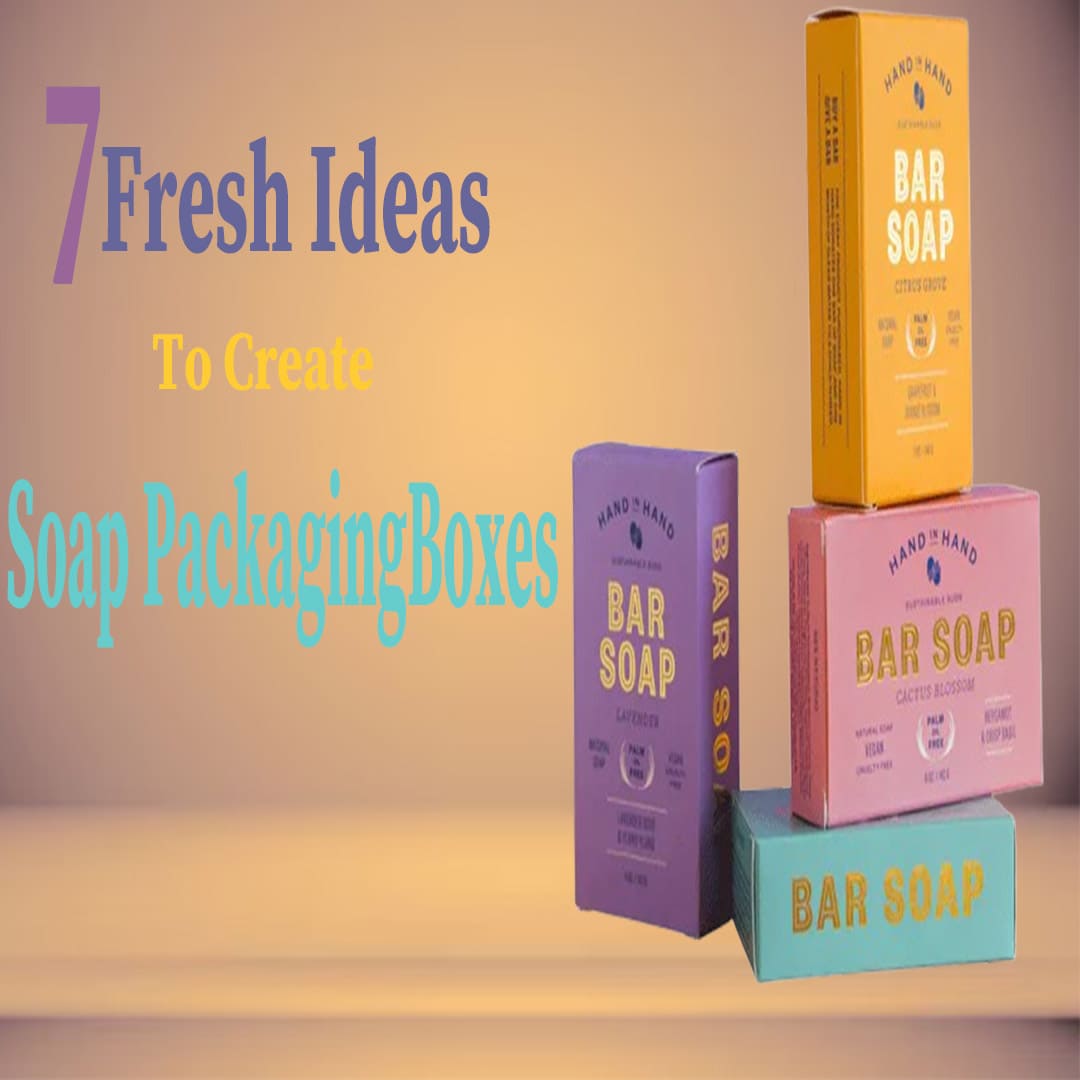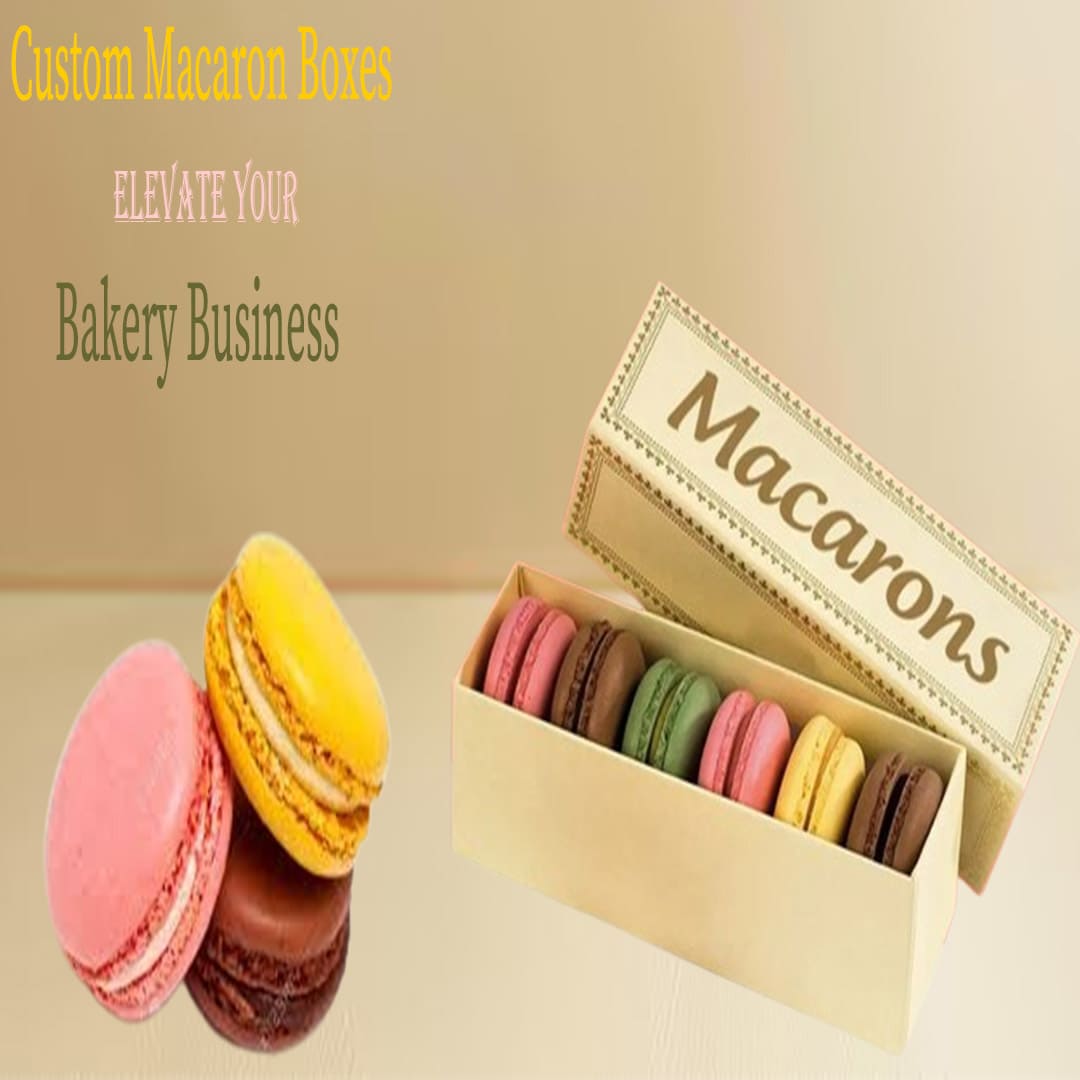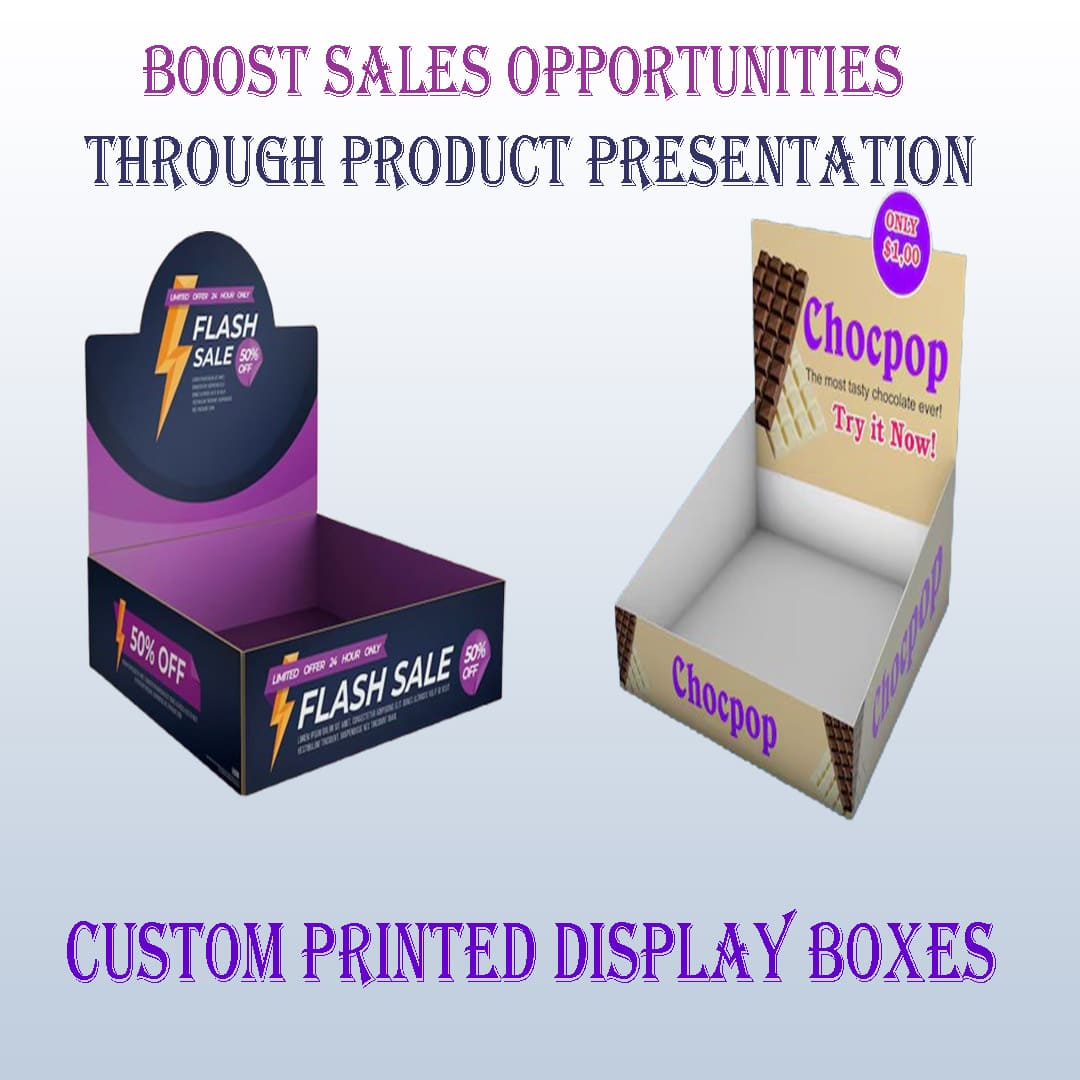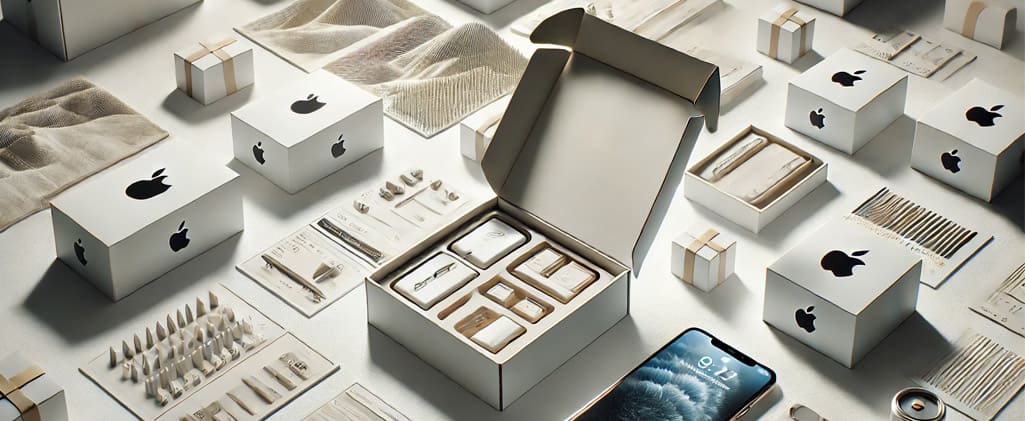
Table of Contents
- 1. What are the New Trends in Packaging?
- 2. What are the Key Trends in Consumer Behavior Globally?
- 3. What is the Outlook for the Packaging and Printing Industry?
- 4. How to Capture Consumer Attention with Custom Packaging?
- 5. How to Improve Your Product Packaging Design?
- 6. How Does the Packaging of a Product Affect Its Quality?
- 7. Is the Personalized Packaging Business Profitable?
- 8. What is the Impact of Visual Content on Consumer Behavior?
- Conclusion
The global packaging industry is evolving at a rapid pace, with innovation at the heart of these changes. As consumers demand more from the brands they engage with, packaging has moved beyond mere protection to become a critical part of the customer experience. Businesses that stay ahead of global packaging trends will position themselves for success, while those who lag behind may miss key opportunities. Understanding the packaging industry outlook and the latest trends is crucial for maintaining relevance in today's competitive landscape.
1. What are the New Trends in Packaging?
The packaging industry has embraced new trends that reflect both consumer needs and technological advancements:
-
Sustainable Packaging: Consumers are now prioritizing eco-friendly packaging, pushing brands to switch to biodegradable, recyclable, or reusable materials. Companies like L’Oréal have pledged to make all their packaging either recyclable or compostable by 2025.
-
Minimalist Design: Clean, simple packaging that uses fewer resources and delivers a clear brand message is becoming more popular. This trend allows brands to communicate transparency and simplicity, essential to today’s informed buyers.
-
Smart Packaging Solutions: With technology embedded in everyday objects, smart packaging—such as QR codes and NFC chips—offers interactive experiences. Brands like PepsiCo use scannable codes to provide product information and exclusive content, boosting engagement.
-
Personalization and Custom Packaging: In the age of personalization, custom packaging is key to standing out. Coca-Cola’s “Share a Coke” campaign, which featured names on bottles, is a perfect example of how personalized packaging can connect emotionally with consumers.
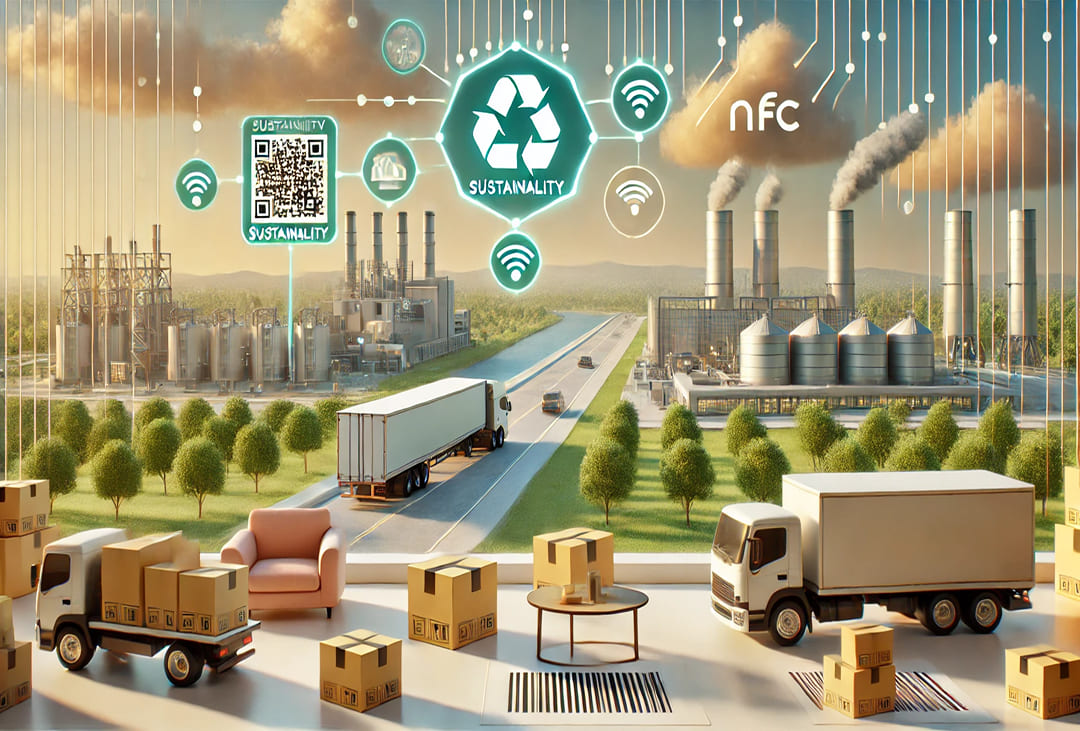
Summary: Packaging innovations, including sustainability, minimalist designs, smart technologies, and personalization, are setting the stage for 2024. These trends are transforming packaging from a practical necessity into a strategic asset.
2. What are the Key Trends in Consumer Behavior Globally?
Consumer behavior has a significant impact on packaging design, and the following trends stand out globally:
-
Demand for Sustainable Solutions: As climate change awareness grows, consumers are pushing for sustainable packaging. A survey by McKinsey found that 67% of consumers now consider sustainability when making purchasing decisions.
-
Convenience: Consumers favor packaging design ideas that make life easier, such as resealable or easy-to-open options, especially in packaging for e-commerce.
-
Transparency and Clean Labeling: Consumers desire transparency, pushing brands to use packaging that clearly communicates ingredients, origins, and sustainability efforts.
Summary: Consumer demand for sustainability, convenience, and transparency is reshaping packaging design worldwide, with brands increasingly adopting sustainable packaging and clear labeling to meet expectations.
3. What is the Outlook for the Packaging and Printing Industry?
The packaging and printing industry is expected to grow steadily over the next few years, driven by several factors:
-
Global Market Growth: The global packaging market is projected to reach $1.42 trillion by 2028, reflecting increasing demand across sectors.
-
Technological Advancements: Digital printing for packaging is revolutionizing the industry, making it faster and cheaper to produce short-run packaging with complex designs. Brands can now test new packaging designs at minimal cost.
-
Emerging Markets: Growth in emerging markets, particularly in Asia and Africa, is expanding the packaging industry outlook. These regions are experiencing an increase in disposable income, fueling demand for quality packaging.
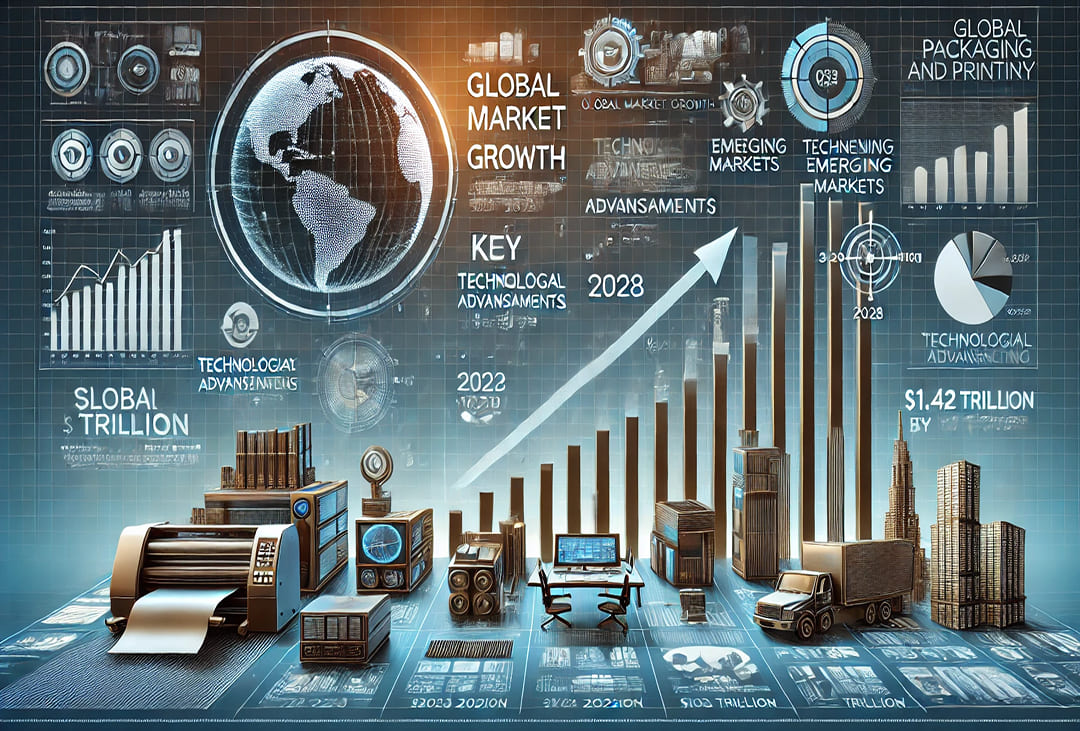
Summary: The future of packaging and printing looks bright, with advancements in digital printing and growth in emerging markets set to fuel expansion.
4. How to Capture Consumer Attention with Custom Packaging?
Custom packaging can significantly boost a brand’s visibility and consumer engagement:
-
Unboxing Experience Design: A memorable unboxing experience has become a powerful tool for e-commerce brands. Think of Apple’s iconic packaging—every detail enhances the consumer's anticipation and excitement.
-
Innovative Packaging Design: Using creative shapes, textures, and colors helps brands stand out. For example, luxury brand Tiffany & Co. is known for its signature blue box, which has become synonymous with elegance and exclusivity.
-
Interactive Packaging Elements: Incorporating interactive packaging elements, like AR experiences or scannable codes, creates a dynamic way for brands to engage with consumers beyond the point of purchase.
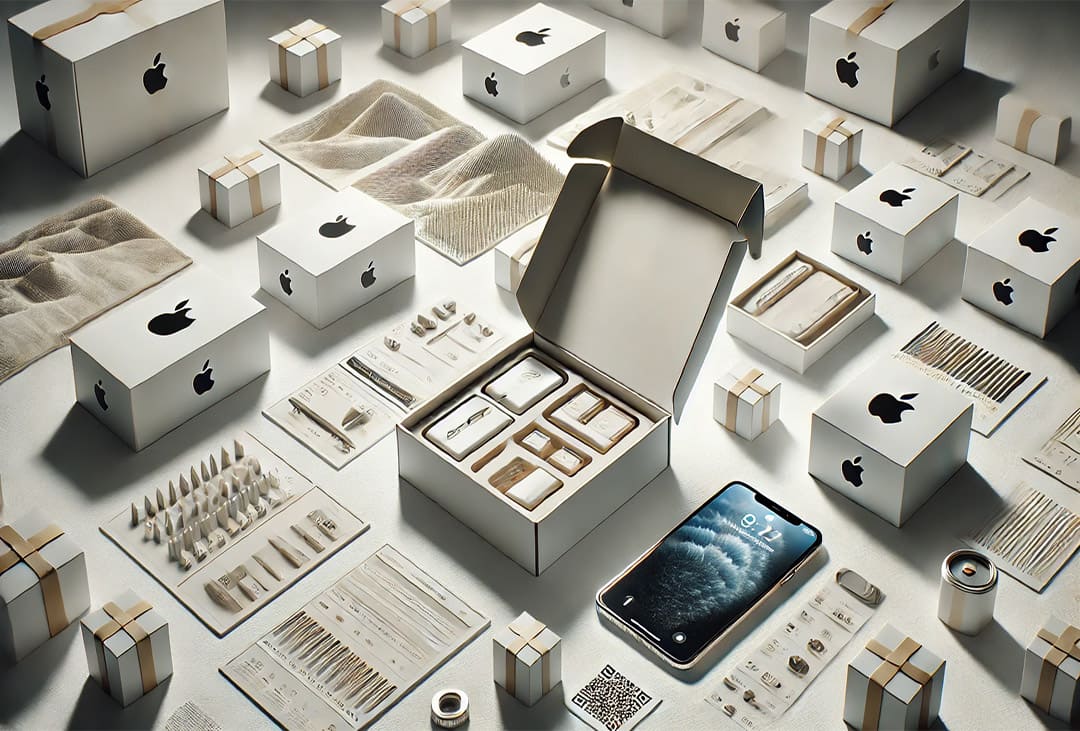
Summary: Capturing attention with custom packaging involves creating memorable unboxing experiences and using innovative, interactive designs that enhance consumer engagement.
Read More: The Impact of Custom PR Packages on Influencer Marketing
5. How to Improve Your Product Packaging Design?
Effective packaging design is about more than aesthetics—it should align with your brand and meet consumer needs:
-
Know Your Audience: Researching your target market will help ensure your packaging resonates with your intended demographic.
-
Balance Aesthetics and Functionality: Product packaging quality is critical. Well-designed packaging should be attractive yet functional, ensuring the product stays fresh and protected.
-
Test and Iterate: Use focus groups or A/B testing to refine your packaging design ideas before committing to full production.
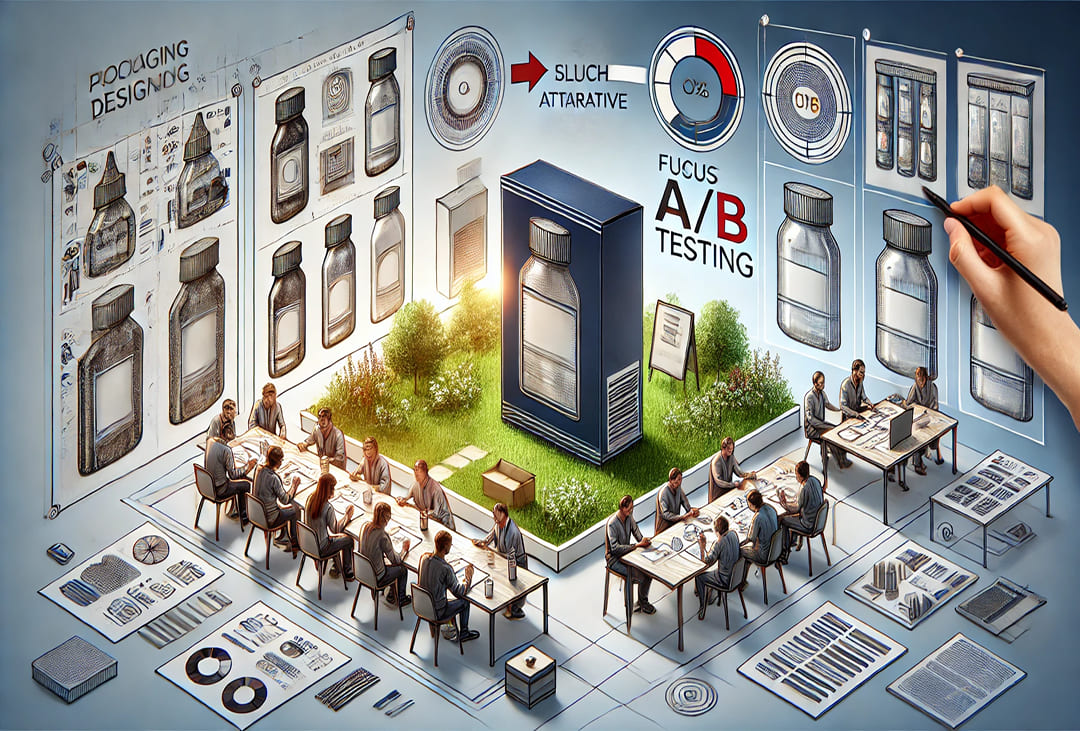
Summary: Improving packaging design requires knowing your audience, striking a balance between aesthetics and function, and continuously refining your approach through testing.
6. How Does the Packaging of a Product Affect Its Quality?
Packaging plays a crucial role in ensuring product quality, especially in protecting freshness and durability:
-
Protection and Freshness: Packaging innovations like vacuum sealing and modified atmosphere packaging help extend shelf life and maintain product quality. This is especially important for food products, where packaging material innovations are constantly being introduced to prevent spoilage.
-
Perceived Value: High-quality packaging enhances the perceived value of a product. Consumers are more likely to trust brands that invest in premium packaging materials.
Summary: Packaging not only protects products but also influences consumer perceptions, with innovations ensuring products remain fresh and in good condition.
7. Is the Personalized Packaging Business Profitable?
The rise of personalized packaging offers significant profit potential for businesses:
-
Market Demand: Customization is increasingly popular, with brands like Nike allowing customers to personalize everything from shoes to packaging. According to Deloitte, businesses using personalization can see up to a 20% increase in sales.
-
Costs and Margins: While the cost of personalized packaging can be higher, the increased customer engagement and loyalty it drives often lead to higher margins and repeat business.
Summary: Personalized packaging for retail is a growing market, and despite higher costs, the return on investment makes it a profitable strategy for many brands.
8. What is the Impact of Visual Content on Consumer Behavior?
Visual content in packaging plays a vital role in consumer decision-making:
-
Influence of Design Elements: Colors, typography, and imagery can evoke emotions and influence purchasing decisions. For instance, brands targeting a younger demographic often use bold, playful designs to grab attention.
-
Consistency in Branding: Maintaining visual consistency across packaging builds brand recognition and trust, which can be the key to securing long-term customer loyalty.
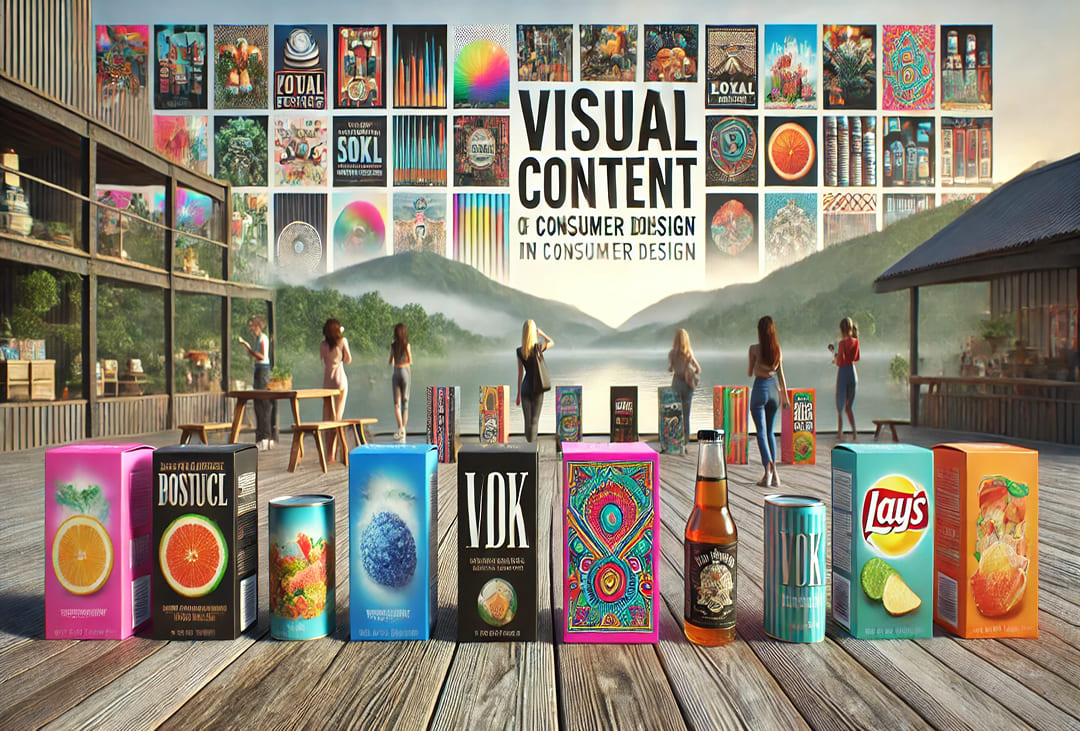
Summary: The right visual elements can significantly impact how consumers perceive and engage with your brand, making it essential to invest in cohesive and visually appealing packaging.
Conclusion
In 2024, staying ahead of global packaging trends means embracing sustainability, personalization, and technological innovation. Brands that invest in innovative packaging design and tailor their packaging to evolving consumer behaviors will thrive in an increasingly competitive market. Now is the time to adapt, innovate, and ensure your packaging speaks to the future needs of consumers.






